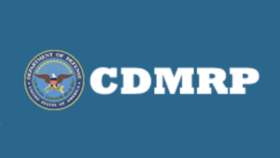An In-depth Interview with Kris Newby, Author of “Bitten”
“We need to let the NIH know that we’re watching them, and we want results.”
– Kris Newby
 Kris Newby, author of ‘Bitten,’ is investigating government spending on Lyme disease research, which is strongly influenced by the flawed original disease definition of Lyme disease. She summarizes the impact of the 2018 Tick-Borne Disease Working Group’s report, explains where research funding has and is currently being directed, and calls for money to be spent on better diagnostics and treatments for Lyme disease sufferers instead. Kris explores potential actions that Lyme patients can take to help direct the course of funding, such as communicating with Congress, supporting advocacy groups, and donating to research organizations.
Kris Newby, author of ‘Bitten,’ is investigating government spending on Lyme disease research, which is strongly influenced by the flawed original disease definition of Lyme disease. She summarizes the impact of the 2018 Tick-Borne Disease Working Group’s report, explains where research funding has and is currently being directed, and calls for money to be spent on better diagnostics and treatments for Lyme disease sufferers instead. Kris explores potential actions that Lyme patients can take to help direct the course of funding, such as communicating with Congress, supporting advocacy groups, and donating to research organizations.
The views and opinions expressed in this article are those of the interviewee and do not necessarily reflect the views or positions of Bay Area Lyme Foundation.
Kris Newby is watching our government, and watching quite closely. She has a lot to say about how government money is spent on a disease that, according to CDC estimates, infects almost 500,000 people annually in the US, causing untold pain, suffering, loss of livelihood, and, in extreme cases, severe mental illness, including suicidal and homicidal events.
Of course, we are talking about Lyme disease—the pariah of infection-associated chronic conditions.

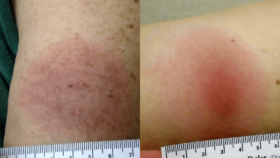
 Anna Schotthoefer, PhD, a project scientist at Marshfield Clinic Research Institute in Wisconsin, discusses the collection and analysis of a specific subset of blood and urine samples for Lyme Disease Biobank—a Bay Area Lyme Foundation program—from patients diagnosed with tick-borne diseases in the state. Marshfield Clinic serves a large population in Wisconsin and Michigan’s Upper Peninsula, which are highly endemic for Lyme disease. Her Bay Area Lyme-funded
Anna Schotthoefer, PhD, a project scientist at Marshfield Clinic Research Institute in Wisconsin, discusses the collection and analysis of a specific subset of blood and urine samples for Lyme Disease Biobank—a Bay Area Lyme Foundation program—from patients diagnosed with tick-borne diseases in the state. Marshfield Clinic serves a large population in Wisconsin and Michigan’s Upper Peninsula, which are highly endemic for Lyme disease. Her Bay Area Lyme-funded 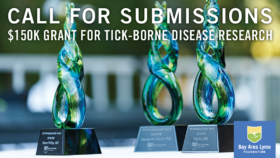
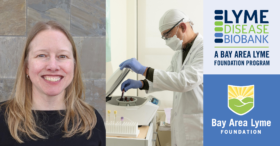
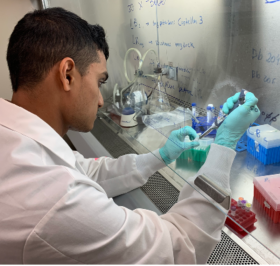 The
The 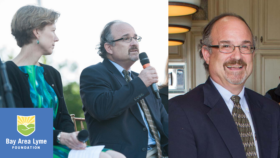
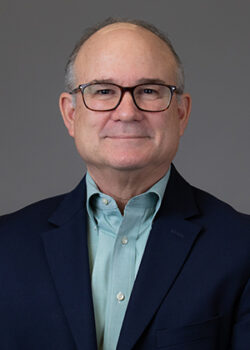 In this blog, part of our 10-year anniversary blog series, we talk with John Aucott, MD, Associate Professor of Medicine at Johns Hopkins University, Director of the Lyme Disease Research Center, about his work and how his investigations are helping us understand persistent/chronic Lyme infections. A long-term collaborator and grant recipient of Bay Area Lyme Foundation, Dr. Aucott reflects on his history with our organization, the ongoing plight of Lyme disease patients, and the slow growth in government funding for investigations into the disease. He talks about the early days of identifying the need for well-characterized samples from Lyme patients and his role in helping launch biobank programs, including his own SLICE Study Biorepository and BAL’s Lyme Disease Biobank.
In this blog, part of our 10-year anniversary blog series, we talk with John Aucott, MD, Associate Professor of Medicine at Johns Hopkins University, Director of the Lyme Disease Research Center, about his work and how his investigations are helping us understand persistent/chronic Lyme infections. A long-term collaborator and grant recipient of Bay Area Lyme Foundation, Dr. Aucott reflects on his history with our organization, the ongoing plight of Lyme disease patients, and the slow growth in government funding for investigations into the disease. He talks about the early days of identifying the need for well-characterized samples from Lyme patients and his role in helping launch biobank programs, including his own SLICE Study Biorepository and BAL’s Lyme Disease Biobank. 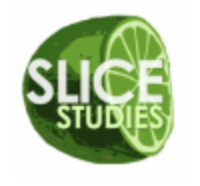
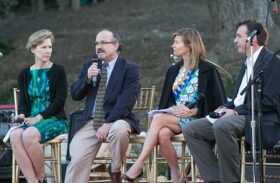
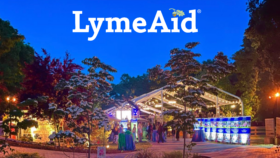
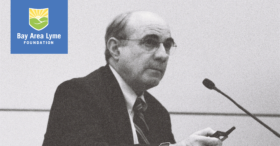
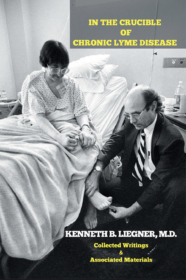 Dana Parish:
Dana Parish: